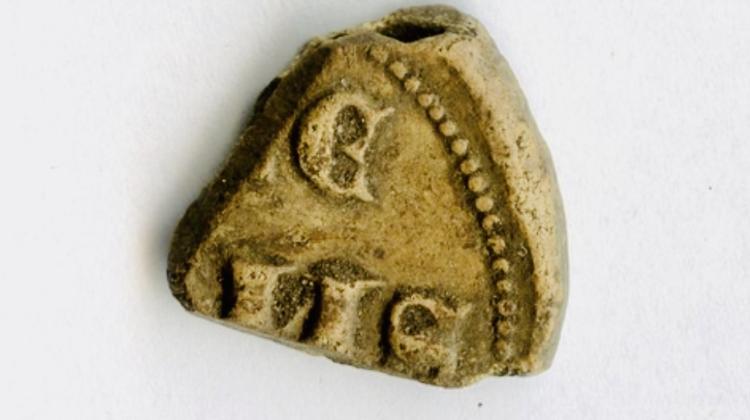Archeologists uncover sensational finds in medieval settlement
About 200 metal objects, including a gilded spur, women’s ornaments and an ornament with the image of a face have been discovered by archaeologists.
The find in the 11th-13th century settlement in Poniaty Wielkie has been described as ‘rare’ for the region and the period, with head of excavations Jakub Affelski saying such artefacts are more often found in fortified settlements.
He added there is now a large question mark over why so many highly valued metal objects were left in the settlement.
He said: “There is no indication that its end was a result of an invasion, we did not find any signs of armed conflict. It is still a big puzzle for us.”
Although archeologists were aware that there were traces of human presence in Poniaty Wielkie in the Middle Ages, no large-scale archaeological research had been carried out in the area until last year.
During the 2019 and 2020 research, they discovered the utility part of a medieval settlement from the 11th/12th-13th centuries, the remains of a kiln, storage pits, furnaces and wells. Inside, they discovered the numerous metal and ceramic objects.
Affelski said: “Such wealth is rare in open settlements from this period, in this part of Mazovia and beyond."
Of particular interest were a lead plate with a face motif and an applied ornament made of copper alloy, also in the shape of a face. According to Affelski, the first object could be an unusual seal and the applied ornament could have been used for clothing, for example a belt, as indicated by the mounting holes.
He added that the intricate workmanship is noteworthy - the ears are visible, the eyes, beard and hair are clearly marked. After consulting experts from the Polish Academy of Sciences, Affelski belives that this object is similar to those known from the Eurasian borderland, where nomadic tribes lived. These and other artefacts will be subjected to detailed analyses to shed light on their origin.
Another unusual find is an encolpion. It is a capsule worn on the chest by Christians, containing relics or quotations from the Holy Bible.
Despite the fact that the settlement was located within what were then Polish lands, many of the monuments discovered so far come from the eastern territories, including Ruthenia.
According to Affelski, the settlement in Poniaty Wielkie could have had several roles, including as a metallurgical centre that produced items for nearby gords in Nasielsk and Pułtusk. This is evidenced by the fragments of slag and metal semi-finished products. In turn, numerous metal seals indicate large-scale trade.
This year's research was financed by the Masovian Provincial Conservator of Monuments. All the artefacts will become part of the collection of the Regional Museum in Pułtusk, where they will be displayed.
PAP - Science in Poland, Szymon Zdziebłowski
szz/ agt/ kap/
tr. RL
Przed dodaniem komentarza prosimy o zapoznanie z Regulaminem forum serwisu Nauka w Polsce.

















